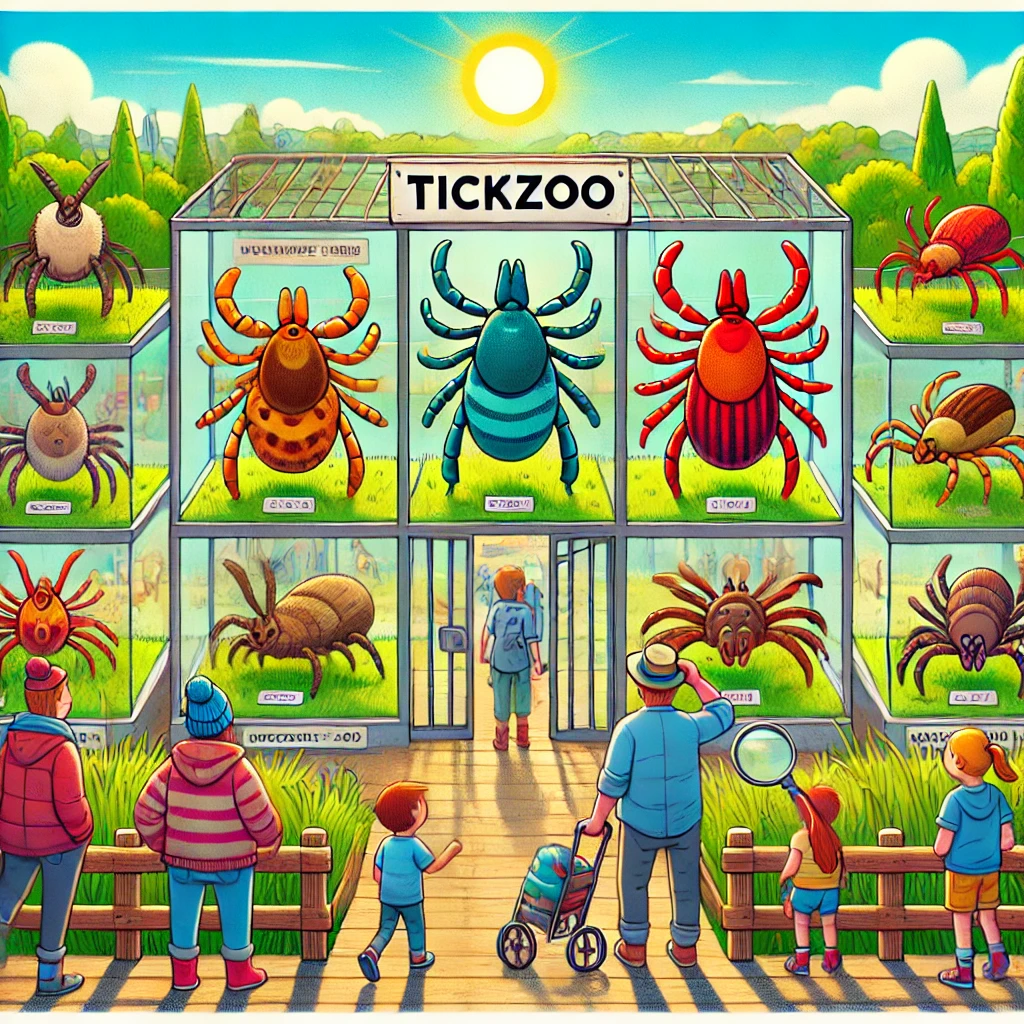Living near a tickzoo opened my eyes to these fascinating ecosystems.
Let me share what I learned managing these tick-rich environments.
What Makes a Tickzoo Different?
A tickzoo isn’t just any outdoor space with a few ticks.
It’s a complete ecosystem where ticks reach peak population levels.
My first tick zoo encounter changed how I saw tick habitats forever.
The perfect tick zoo conditions include:
- High humidity levels (80%+ is ideal for ticks)
- Dense canopy coverage creating constant shade
- Rich leaf litter providing protection
- Strong host animal populations
- Year-round moisture retention
Why Understanding Tickzoo Matters Now
Climate change makes tick zoo knowledge crucial:
- Tick populations expand into new areas
- Longer active seasons for ticks
- More tick-borne diseases emerging
- Growing impact on outdoor activities
- Increased risk for pets and livestock
Inside a Typical Tick zoo
From my research, every tick zoo shares these features:
Ground Level:
- Thick leaf litter
- Dense undergrowth
- Multiple animal trails
- High moisture content
- Limited direct sunlight
Host Population:
- Regular deer activity
- Strong mouse populations
- Bird nesting areas
- Small mammal burrows
- Consistent animal traffic
Spotting a Tick zoo Near You
These signs mean you’re dealing with a tick zoo:
- Finding multiple ticks after short walks
- Pets picking up ticks frequently
- Dense vegetation patterns
- Regular wildlife sightings
- Moist soil conditions year-round
- Limited air movement at ground level
- Heavy shade coverage
- Rich biodiversity
Smart Tick zoo Management Strategies
Based on my experience, these approaches work best:
Habitat Modification:
- Regular mowing of grass areas
- Leaf litter removal schedule
- Creating dry zones
- Installing gravel barriers
- Maintaining clear boundaries
Wildlife Management:
- Deer fencing when needed
- Reducing rodent habitats
- Managing bird feeders
- Creating buffer zones
- Controlling access points
Personal Protection in Tick zoo Areas
My tested prevention methods:
Clothing Choices:
- Light-colored outfits
- Tucked-in shirts
- Long sleeves
- Tall socks
- Proper boots
Behavior Changes:
- Regular body checks
- Immediate shower after exposure
- Clothes in hot dryer
- Using marked trails
- Avoiding peak activity times
Professional Insights on Tick zoo Control
Working with tick experts taught me:
Natural Controls:
- Encouraging tick predators
- Supporting beneficial insects
- Managing moisture levels
- Creating hostile environments
- Using natural repellents
Chemical Options:
- Targeted treatment areas
- Timed applications
- Integrated approaches
- Environmental considerations
- Safety protocols
Protecting Pets from Tick zoo Exposure
My veterinarian’s top recommendations:
Prevention Steps:
- Year-round tick treatments
- Regular grooming sessions
- Careful inspection routine
- Limited access to high-risk areas
- Post-walk checkups
Treatment Protocol:
- Proper tick removal
- Monitoring bite sites
- Vet check schedule
- Symptom awareness
- Quick response plan
Essential Tickzoo Questions Answered
What months are worst for tick zoo activity? March through October sees highest activity levels.
Can you eliminate a tick zoo completely? Full elimination isn’t realistic, but management works.
How often should you check for ticks? Every 2-3 hours in tick zoo areas.
What makes some areas more prone to becoming a tick zoo? Combination of shade, moisture, and host animals.
Living Smart with Tickzoo Areas
Managing a tick zoo takes work but it’s worth it.
I still enjoy outdoor activities near tick zoos.
The key? Smart preparation and constant awareness.
Remember these tickzoo basics:
- Stay informed about local tick populations
- Keep your yard maintained
- Protect your family and pets
- Monitor wildlife activity
- Maintain clear boundaries
Future of Tickzoo Management
Climate change affects tickzoo patterns:
- Expanding geographic range
- Changing seasonal activity
- New species emerging
- Different host patterns
- Adapted control needs
Making Peace with Your Local Tickzoo
Understanding tickzoos helps us coexist better.
They’re part of our natural world.
Smart management beats fear every time.
Keep learning about your local tickzoo.
Stay prepared, stay safe, and enjoy the outdoors responsibly.
Remember: every tickzoo can be managed with knowledge and persistence.
Knowing your local tickzoo patterns is your best defense.

![Unable to Save as Notepad Windows 10? [2024 Fix Guide] 🔧](https://techzify.org/wp-content/uploads/2025/01/DALL·E-2025-01-08-19.31.52-A-visually-appealing-and-clear-illustration-of-a-Windows-10-desktop-screen-showing-a-Notepad-Save-As-dialog-box-with-an-error-message-indicating-t.webp)
